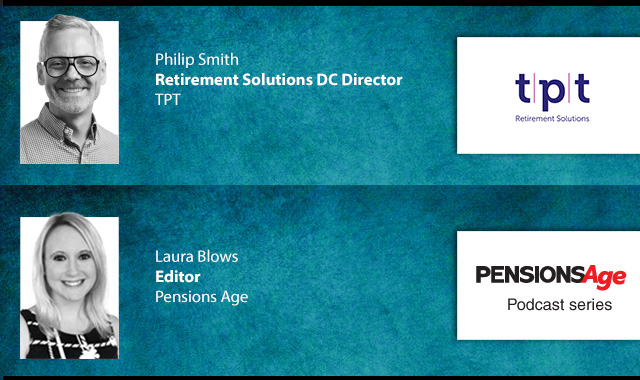The assets of the top 300 pension funds reached a record high of USD 24.4trn, despite a slowdown in asset growth, research from the Thinking Ahead Institute has revealed.
TAI's latest Global Top 300 Pension Funds report revealed that although total assets surpassed the previous record high seen in 2021, growth slowed slightly, up 7.8 per cent in 2024, compared to 10 per cent growth in 2023.
In addition to this, the TAI found that asset concentration has continued, revealing that, for the first time, the combined assets of the world’s top 20 pension funds exceeded USD 10trn, with an 8.5 per cent increase on the previous year to USD 10.3trn.
According to the TAI, these top 20 funds increased at a faster pace than the top 300 pension funds and now account for 42.4 per cent of the top 300 as a whole by assets.
There was also movement in the make-up of the top 20, as the TAI revealed that Japan’s Government Pension Investment Fund (GPIF) was overtaken by Norway’s Government Pension Fund after more than 20 years at the top.
Boasting USD 1.77trn in total assets, the update suggested that Norway’s Government Pension Fund is around 6.9 per cent larger by assets than the former global frontrunner.
In addition to this, the number of UK pension funds included in the top 300 fell by five, whilst the US had more funds entering the ranking during the period (24 funds).
Shifts were also seen in terms of the broader make-up of pension assets, as while defined benefit (DB) schemes remained the largest share of disclosed assets, the proportion fell to 59.5 per cent in 2024.
Defined contribution (DC) fund assets, meanwhile, grew at a faster pace in 2024, increasing by 14.3 per cent and making up 27.7 per cent by share of assets.
However, the TAI clarified that while DC funds continue to grow, the challenge of turning savings into secure lifetime income remains
This was not the only area of concern, as the group pointed out that while artificial intelligence (AI) is emerging as a powerful enabler, it is also a new source of risk that requires careful governance and strong controls.
Indeed, amongst the top 20 funds, 10 reported strengthening their expertise in artificial intelligence, with nine highlighting technology adoption in portfolio management as a strategic priority and recognising AI as both a risk and an opportunity.
In addition to this, nine pension funds cited volatility and uncertainty as major concerns, with inflation also highlighted as a key factor shaping the outlook for the year.
“The world’s largest pension funds are navigating an increasingly complex landscape," TAI director, Jessica Gao, said.
"Macroeconomic volatility, geopolitical shifts and concentrated market risks are reshaping return expectations. The current backdrop has tested even well-diversified portfolios, highlighting the difficulty of today’s investment environment.
"At the same time, funds face more demanding relationships with stakeholders, from regulators to sponsors to members, all of whom are raising expectations on how pensions are managed."
Gao warned that these intersecting challenges are heightening the responsibilities of fiduciaries, making strong governance "more important than ever".
“With growing complexity and challenges, more funds are exploring the Total Portfolio Approach (TPA)," she added.
"By aligning purpose, capital and decision-making, and by taking a holistic view of the fund as a whole, TPA is helping organisations strengthen their ability to deliver long-term outcomes.”
This article originally appeared on our sister title, European Pensions.
Latest News
-
Govt and regulators launch consultation on VfM framework
-
Industry backs updated VfM framework but warns further refinements needed
-
PDP proposes industry group to support delivery of private sector dashboards
-
Fourth iteration of national LGPS framework launches to meet ‘Fit for the Future’ reforms
-
AI tools repeatedly give wrong answers on pensions, research finds
-
Pensions UK urges ‘practical, proportionate reform’ for LGPS
Private markets – a growing presence within UK DC
Laura Blows discusses the role of private market investment within DC schemes with Aviva Director of Investments, Maiyuresh Rajah
The DB pension landscape
Pensions Age speaks to BlackRock managing director and head of its DB relationship management team, Andrew Reid, about the DB pensions landscape
Podcast: From pension pot to flexible income for life

Podcast: Who matters most in pensions?

In the latest Pensions Age podcast, Francesca Fabrizi speaks to Capita Pension Solutions global practice leader & chief revenue officer, Stuart Heatley, about who matters most in pensions and how to best meet their needs
© 2019 Perspective Publishing Privacy & Cookies







Recent Stories